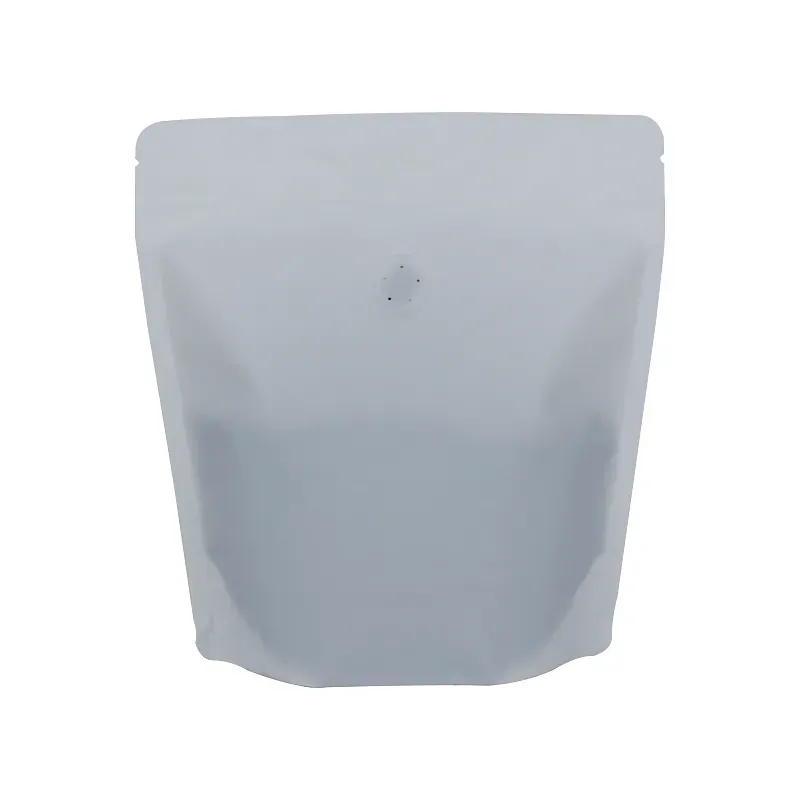- Afrikaans
- Albanian
- Amharic
- Arabic
- Armenian
- Azerbaijani
- Basque
- Belarusian
- Bengali
- Bosnian
- Bulgarian
- Catalan
- Cebuano
- chinese_simplified
- chinese_traditional
- Corsican
- Croatian
- Czech
- Danish
- Dutch
- English
- Esperanto
- Estonian
- Finnish
- French
- Frisian
- Galician
- Georgian
- German
- Greek
- Gujarati
- haitian_creole
- hausa
- hawaiian
- Hebrew
- Hindi
- Miao
- Hungarian
- Icelandic
- igbo
- Indonesian
- irish
- Italian
- Japanese
- Javanese
- Kannada
- kazakh
- Khmer
- Rwandese
- Korean
- Kurdish
- Kyrgyz
- Lao
- Latin
- Latvian
- Lithuanian
- Luxembourgish
- Macedonian
- Malgashi
- Malay
- Malayalam
- Maltese
- Maori
- Marathi
- Mongolian
- Myanmar
- Nepali
- Norwegian
- Norwegian
- Occitan
- Pashto
- Persian
- Polish
- Portuguese
- Punjabi
- Romanian
- Russian
- Samoan
- scottish-gaelic
- Serbian
- Sesotho
- Shona
- Sindhi
- Sinhala
- Slovak
- Slovenian
- Somali
- Spanish
- Sundanese
- Swahili
- Swedish
- Tagalog
- Tajik
- Tamil
- Tatar
- Telugu
- Thai
- Turkish
- Turkmen
- Ukrainian
- Urdu
- Uighur
- Uzbek
- Vietnamese
- Welsh
- Bantu
- Yiddish
- Yoruba
- Zulu
1 micron to millimeter
Understanding the Conversion from Microns to Millimeters
In the realm of science and engineering, precision in measurements is paramount. One such vital measurement in various fields, from biology to materials science, is the micron, also known as a micrometer. A micron is one-millionth of a meter, or 0.001 millimeters (mm). Grasping the conversion between microns and millimeters is essential when interpreting data, conducting experiments, or engaging in industrial processes. In this article, we will explore the concept of microns, the conversion to millimeters, and its applications in real-world scenarios.
What is a Micron?
The micron (symbol μm) is a unit of measurement commonly used to describe small distances, particularly on the microscopic scale. To put it into perspective, a human hair is approximately 70 microns in diameter, while a red blood cell measures about 6-8 microns. The use of microns is prevalent in various scientific disciplines, especially in fields related to biology, physics, and materials science.
The Conversion Factor
Understanding how to convert microns to millimeters is straightforward. Since 1 micron is equal to 0.001 millimeters, converting microns to millimeters involves simply dividing the number of microns by 1,000. Conversely, to convert millimeters to microns, you multiply the millimeter value by 1,000.
For instance, if you have a measurement of 1,000 microns and wish to convert it to millimeters, you would calculate
\[ 1,000 \, \text{microns} \div 1,000 = 1 \, \text{mm} \]
This simple arithmetic reflects the relation between the two units and facilitates easy conversions in both directions.
1 micron to millimeter

Why is This Conversion Important?
The ability to convert between microns and millimeters is essential in numerous scientific and industrial contexts. Here are a few key applications
1. Material Science In material science, the characterization of materials often involves measuring particle sizes or thicknesses in microns. For instance, the grain size of metals, which can significantly impact their properties, is often described in microns. When engineers design materials, they may refer to their specifications in millimeters, making the conversion critical.
2. Biotechnology In biotechnology and microbiology, organisms and cells are measured in microns. Understanding the size of bacteria or the thickness of cell membranes can be critical in research and diagnostics. When comparing these measurements to other systems or specifications that use millimeters, accurate conversion ensures clarity.
3. Semiconductor Manufacturing In the semiconductor industry, the fabrication of electronic components often necessitates precise measurements at the micro-scale. Layers in chips might be 10 microns thick, while certain features may measure just a couple of microns. Converting these measurements to millimeters is common in documentation and quality control processes.
4. Medical Applications Medical professionals and researchers often use microns to describe the size of pathogens or cells in laboratory tests. For example, the diameter of a virus might be measured in nanometers or micrometers, necessitating accurate conversions when discussing treatment dosages or device functionalities.
Conclusion
Understanding the conversion from microns to millimeters is essential in many scientific and industrial fields. Whether dealing with tiny biological cells, material properties, or electronic components, ensuring accurate measurements is critical for effective analysis and development. The next time you encounter a measurement in microns, recall that you can easily convert to millimeters by dividing by 1,000. This simple conversion can bridge the gap between the microscopic and macroscopic worlds, facilitating better understanding and innovation across various domains.













